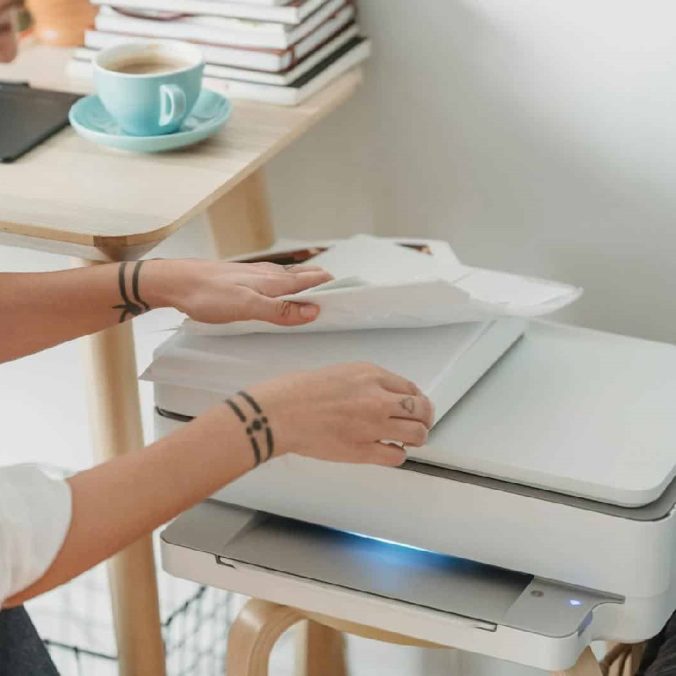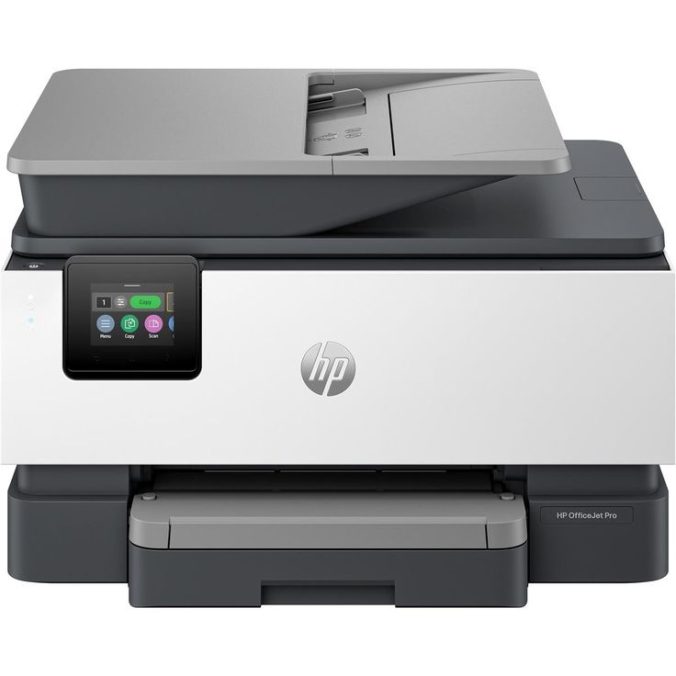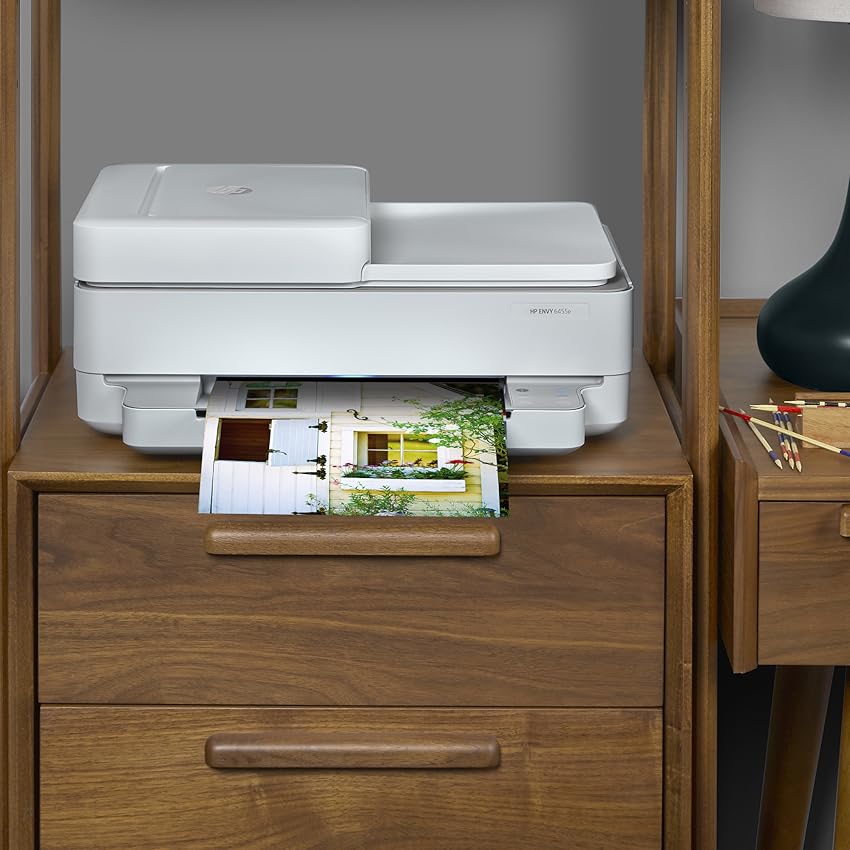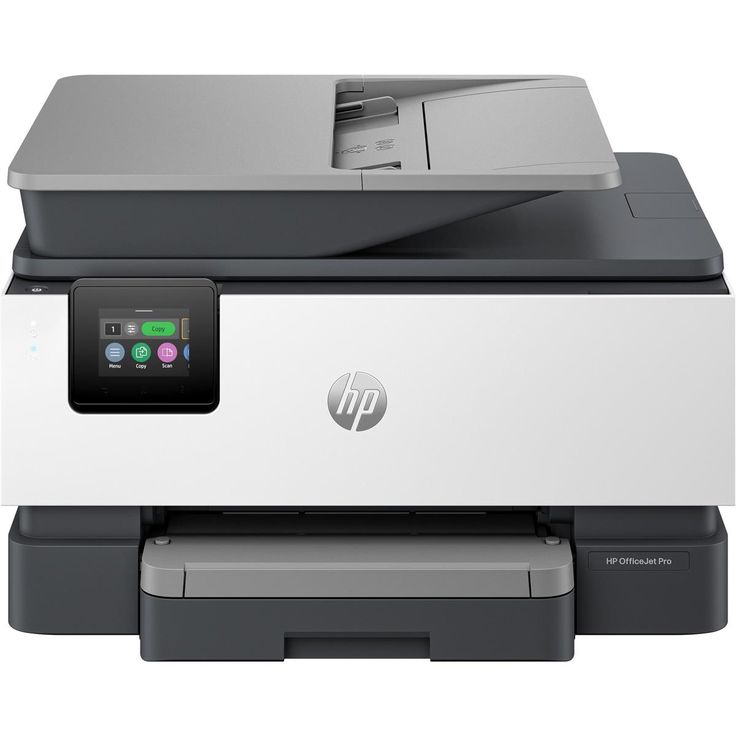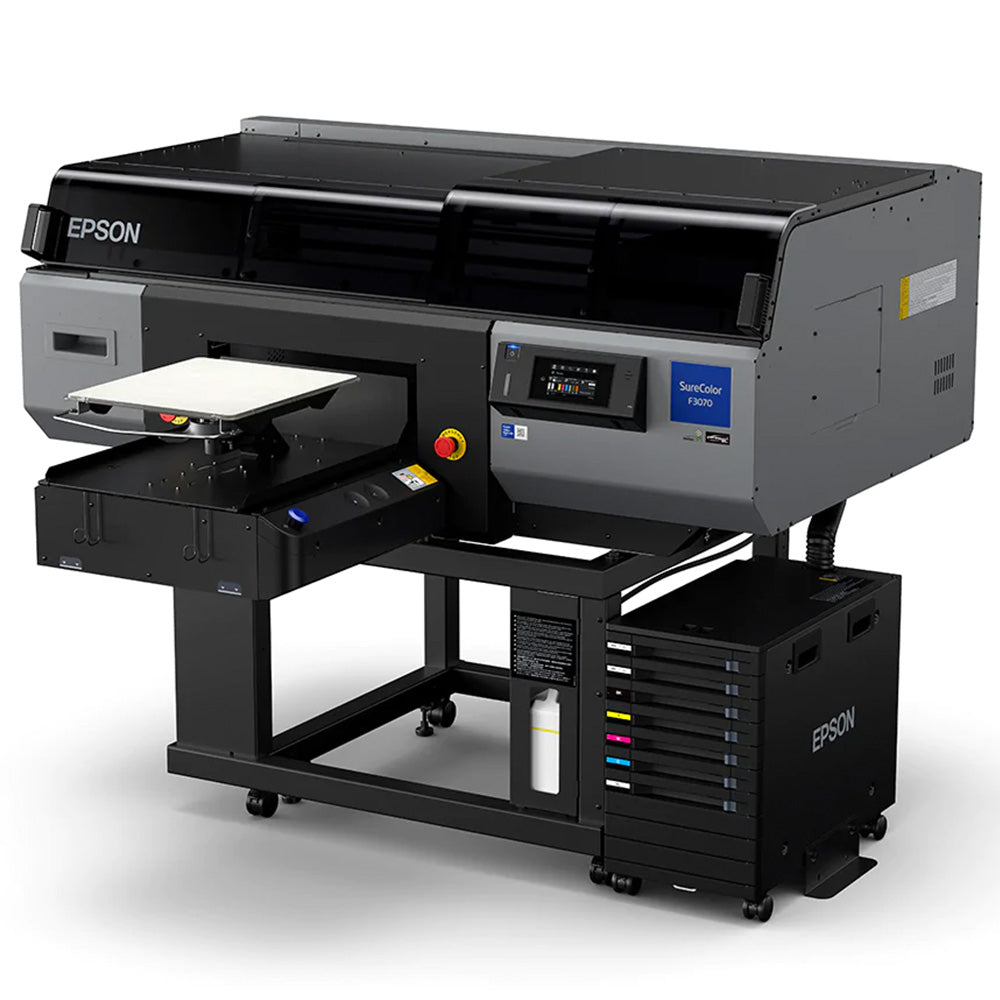Common Causes of Printer Error States
When your printer displays that it is in an error state, it can be due to several factors. Let’s explore some of the common causes that can trigger this frustrating message:
- Connectivity issues: Faulty or loose cable connections between your printer and computer or an unstable wireless network can lead to error states.
- Low ink or toner: Running out of ink or toner is a simple but often overlooked cause.
- Paper jams: These can halt your printer’s operations and require immediate attention.
- Outdated or corrupt drivers: Drivers facilitate communication between your device and printer; if they’re outdated or corrupt, errors occur.
- Printer software conflicts: Sometimes newly installed applications or system updates can conflict with your printer’s software.
- Hardware problems: These range from worn-out printer parts to issues with the printhead or rollers.
- Misconfigured settings: Incorrect settings within your printer configuration can also lead to error messages.
Understanding these causes is critical in troubleshooting the ‘Printer is in an error state’ issue effectively. The next sections of this blog will help you tackle each of these points methodically to ensure your printer is back in working order.

Initial Troubleshooting Steps
When facing a printer error, begin with simple and initial troubleshooting steps. These steps can help identify and possibly fix issues quickly.
- Restart Your Printer: Turn off your printer, wait a minute, then turn it back on. This can resolve minor error states.
- Check Cable Connections: Ensure all cables between your printer and computer are securely connected. If using wireless, confirm the network is stable.
- Inspect the Printer: Quickly look at the printer for any visible issues like paper jams or low ink notifications that could be causing the error.
- Run a Test Print: Try printing a test page directly from the printer’s control panel to diagnose its functioning.
Implementing these steps can immediately inform you if the issue is minor or if further in-depth troubleshooting is required.
Checking Physical Components and Connections
To address the ‘printer is in an error state’ issue, it is vital to first check the physical components and connections. This can often resolve problems that may appear complex but are actually due to simple errors. Here’s what you need to do:
- Inspect all cables: Make sure the printer’s USB or Ethernet cables are firmly plugged in. If the connections are loose, it can cause communication issues.
- Verify wireless connectivity: For wireless printers, ensure the Wi-Fi is functioning and the printer is connected to the correct network.
- Look for damage: Check for any visible signs of damage on the cables or the printer itself. Worn out or frayed wires can be problematic.
- Check the printer ports: If available, try connecting the printer to different ports on your computer to rule out a faulty port.
- Clear jams: Open the printer and carefully remove any stuck paper or debris that could be blocking the path.
- Ensure proper loading: Confirm that paper is loaded correctly in the tray, and ink or toner cartridges are installed properly.
By systematically going through these checks, you can often pinpoint and resolve the issue rapidly, getting your printer back up and running. If the problem persists after these steps, further troubleshooting may be required.
Power Cycling Your Printer and Computer
One effective method to resolve the ‘printer is in an error state’ issue is through power cycling. This process refreshes the system and clears out any temporary glitches that might be affecting your printer’s performance. Here’s how you can execute a power cycle for both your printer and computer:
- Turn off the printer: Begin by switching off your printer using the power button.
- Disconnect the power cord: Once the printer is off, unplug the power cord from the outlet.
- Wait for a moment: Leave the printer unplugged for about 60 seconds. This pause allows the printer to reset.
- Reconnect the power cord: After waiting, plug the power cord back into the electrical outlet.
- Turn on the printer: Press the power button to turn your printer back on and allow it to go through its startup routine.
- Restart your computer: Meanwhile, restart your computer to refresh its operating system and remove any temporary software conflicts.
After completing these steps, try printing another test page to see if the power cycle has resolved the ‘printer is in an error state’ message. Sometimes, this simple action can remedy the error without the need for more complex solutions.
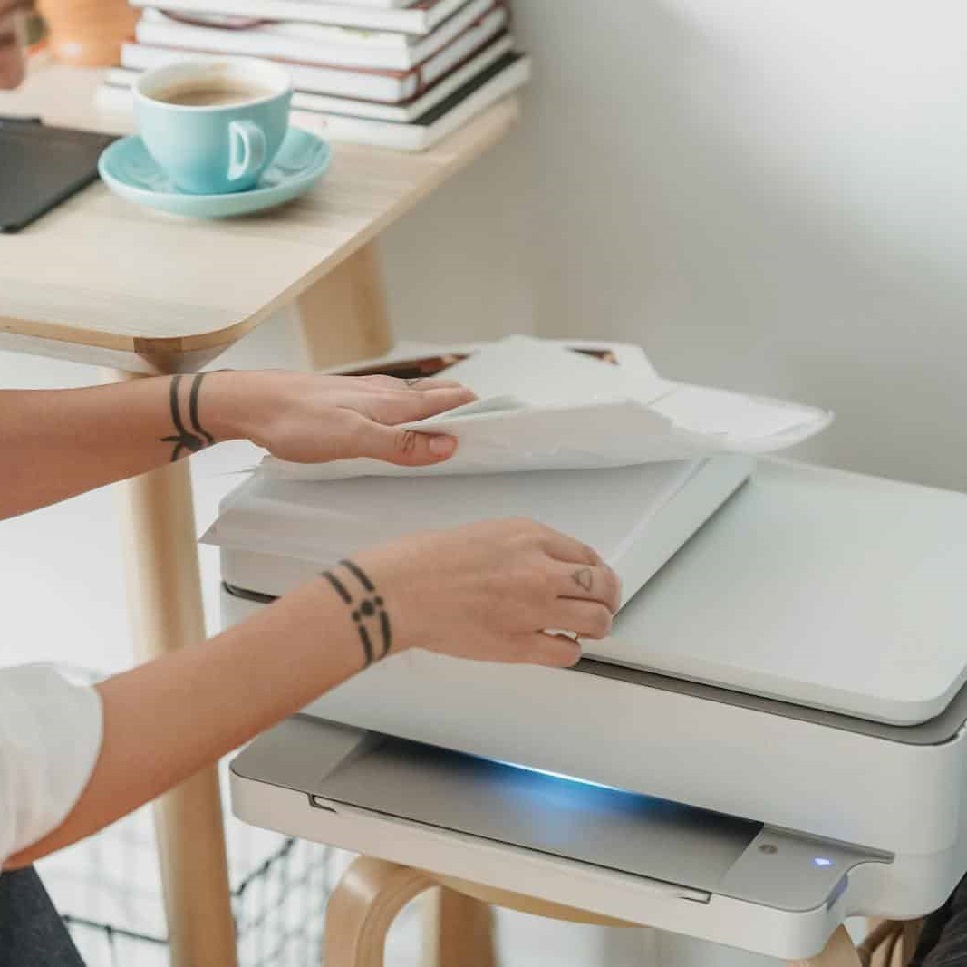
Uninstalling and Reinstalling the Printer
When the ‘printer is in an error state’ continues after initial troubleshooting, uninstalling and reinstalling the printer might be necessary. This can correct issues that stem from corrupted printer software or drivers. Here is a step-by-step guide to uninstalling and reinstalling your printer:
- Access Control Panel: Go to the control panel on your computer. Look for ‘View devices and printers’ or ‘Programs’ to begin.
- Uninstall Printer Software: Find your printer’s software. Click on it and choose ‘Uninstall.’ Follow prompts to remove the software.
- Reboot Your Computer: After uninstalling, restart your computer to ensure all changes take effect.
- Reinstall Printer: Once the computer is back on, reinstall the printer. Use the original installation disc or download the latest software from the manufacturer’s website.
- Connect to Printer: After installation, connect your printer to the computer. Ensure this connection is secure for proper communication between devices.
- Test Print: Perform a test print to check if the printer error has been resolved.
By uninstalling and reinstalling the printer, you delete outdated or corrupt files and replace them with fresh, error-free software. This often clears the ‘printer is in an error state’ message, allowing your device to function correctly. If this solution doesn’t work, you might need to update your printer drivers or seek further assistance.
Updating Printer Drivers and Software
To get rid of the ‘printer is in an error state’ message, updating your printer drivers and software might be the key. If your drivers are outdated or corrupt, they can cause communication breakdowns between your computer and your printer. Here’s the lowdown on how to keep your printer drivers and software in check:
- Visit the Printer Manufacturer’s Website: Navigate to the official website of your printer’s manufacturer.
- Locate the Support Section: Look for a support or download section on the site.
- Enter Your Printer Model: Type in your printer’s model number to find the latest drivers.
- Download the Latest Drivers: Choose the most recent driver that’s compatible with your operating system.
- Run the Installation File: Open the downloaded file and follow the on-screen instructions to install.
It’s essential to restart your computer after installing new drivers to ensure they’re correctly integrated with your system. After the reboot, perform a test print to see if the update resolved the ‘printer is in an error state’ issue.
Updating software and drivers can improve printer functionality and compatibility, reducing the likelihood of error messages. It’s a good practice to regularly check for updates, even when your printer is running smoothly, to prevent future problems.
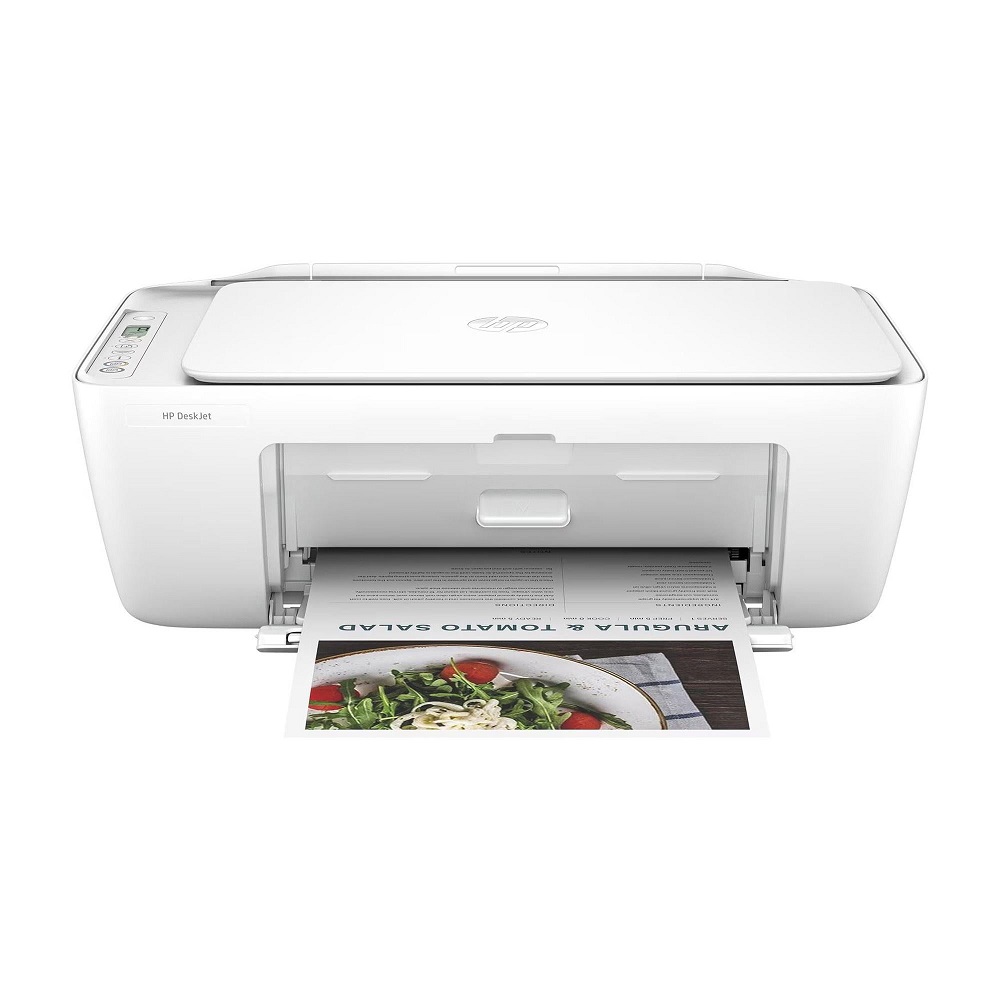
Setting a Static IP for Network Printers
When dealing with a ‘printer is in an error state’ on network printers, setting a static IP can be a reliable solution. Network printers often receive dynamic IP addresses, which can change every time a printer or the network router restarts. This can disrupt the connection and lead to error states. Here is how you can set a static IP for network printers to mitigate connectivity issues:
- Access Printer’s Control Panel: Navigate to the network or settings menu on your printer’s control panel.
- Locate Network Settings: Find the section that displays the current IP address. It usually falls under a category like ‘Network Configuration’ or ‘TCP/IP Settings.’
- Choose ‘Static’ or ‘Manual’ Option: Select the option that allows you to enter an IP address manually instead of obtaining it automatically.
- Enter a Static IP Address: Input an IP address that is within your network’s range but outside the DHCP scope to avoid conflicts with other devices.
- Save the Changes: Confirm and save the new static IP address settings on your printer.
- Update Computer’s Printer Settings: On your computer, update the printer’s properties to use the new static IP address.
- Test the Connection: Print a test page to ensure the computer and printer communicate smoothly with the newly assigned static IP.
By assigning a static IP address, your network printer maintains a constant point of contact with networked devices, reducing the risk of error messages stemming from IP conflicts or changes. Keep in mind that changes in network structure or updates might require reconfiguration, so monitor your printer’s connectivity status regularly.
Seeking Professional Help or Manufacturer Support
When you’ve exhausted all DIY solutions and the ‘printer is in an error state’ message persists, seeking professional help becomes the next logical step. Sometimes, the issue may be beyond basic troubleshooting techniques and might require specialized knowledge or tools. Here is how you can proceed:
- Contact Manufacturer’s Support: Reach out to the printer’s manufacturer via their support hotline, email, or live chat for expert advice.
- Consult the User Manual: Refer to your printer’s user manual or the manufacturer’s website for specific troubleshooting guides.
- Service Center Visit: Consider taking your printer to an authorized service center where technicians can diagnose and fix the issue.
- Remote Assistance: Some manufacturers offer remote assistance where a technician accesses your computer to troubleshoot the printer issue.
- Community Forums: Join forums or online communities related to your printer’s brand; other users may have insights or solutions.
- Professional IT Support: If the issue affects your business operations, hiring professional IT support might be necessary.
Before reaching out for help, ensure that you have all relevant information ready, such as the printer model, serial number, and a detailed description of the problem. This will allow support staff to help you more efficiently. Remember, manufacturer support is there for a reason; don’t hesitate to use it when you need it. With the right professional guidance, your printer will be back in action in no time.
